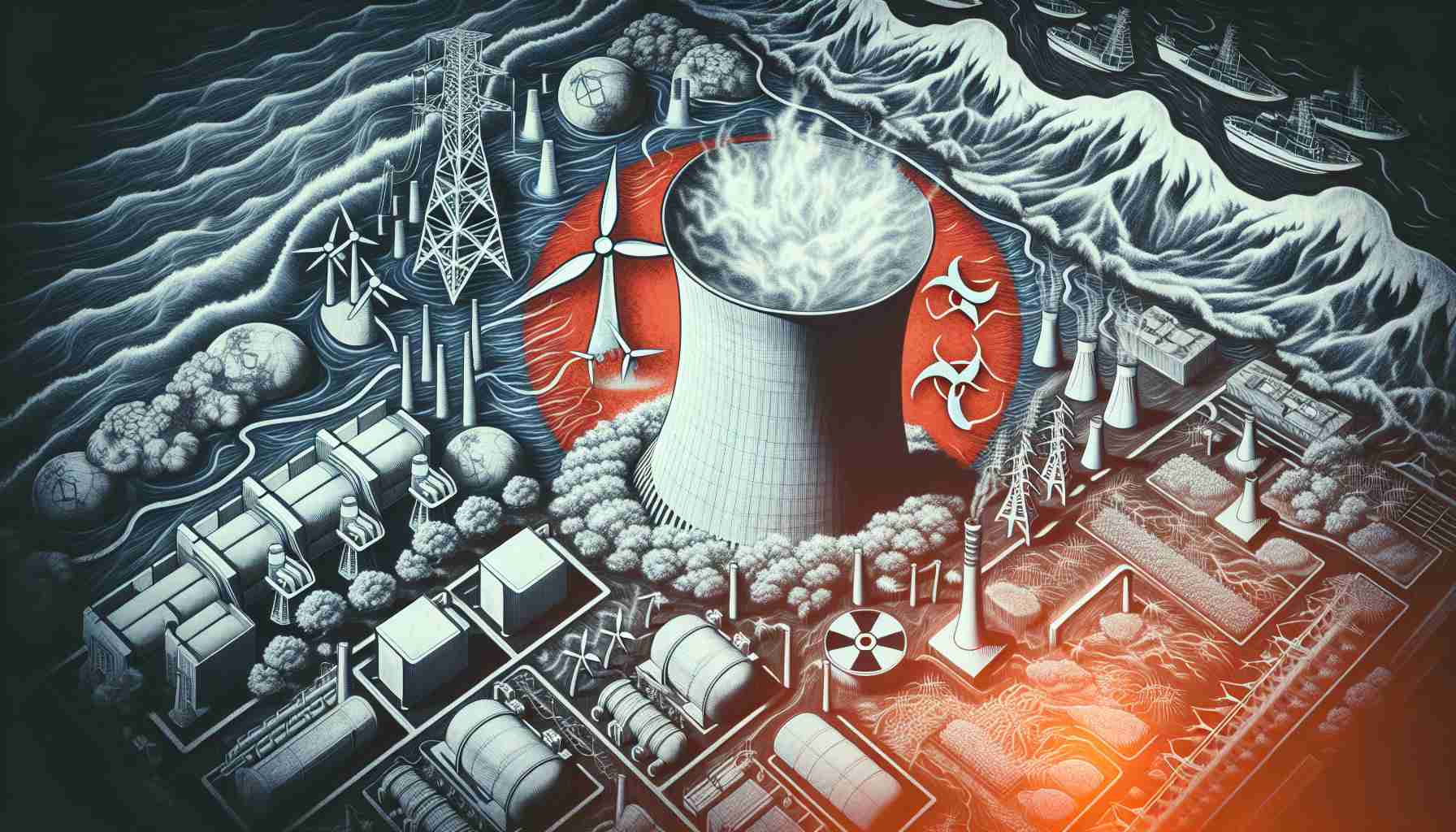The surge in artificial intelligence capabilities is changing the landscape of energy production in unexpected ways. Recently, tech giants like Google and Amazon have partnered with firms pioneering small modular reactors (SMRs) to address their enormous power needs. These innovations aim to offer a cleaner energy alternative, reducing carbon footprints while satisfying industry demands.
Small modular reactors are designed to generate significantly less electricity compared to traditional plants—around one-third of the output typical of larger reactors. This shift promises to lower costs and construction complexity, potentially enabling quicker deployment without the extensive investment that has historically hindered nuclear power expansion.
The growing political backing for nuclear energy across the U.S. also fosters optimism. As support spans both sides of the political spectrum, SMRs are positioned to play a crucial role in meeting climate objectives. Major tech companies are not alone in their interest; collaborations are forming across sectors, showcasing a widespread commitment to integrating nuclear solutions into their energy strategies.
Innovative features of SMRs go beyond just size. These reactors often utilize advanced fuels and cooling methods, enhancing efficiency and safety. Emerging technologies like high-assay low-enriched uranium (HALEU) and TRISO fuel can withstand extreme conditions, leading to safer reactor operations.
As the United States invests heavily in these projects, the future of SMRs looks promising, reflecting a transformative approach to energy that aligns with sustainability goals.
The Hidden Impact of Small Modular Reactors on Communities and Global Energy Dynamics
The rise of Small Modular Reactors (SMRs) is not just a technological advance; it marks a pivotal shift with profound implications for communities, economies, and international relations. As countries explore the integration of SMRs into their energy mix, questions arise about the long-term effects on local populations and the global landscape.
Employment Opportunities and Economic Shifts
One significant impact of SMR implementation is the potential for job creation. Unlike traditional nuclear plants, which require a large workforce for operation and maintenance, SMRs can be operated with fewer personnel due to their smaller size and advanced automated systems. However, this could lead to a dual-edged sword effect: while some jobs in construction and technology sectors may flourish, traditional roles within larger plants might be at risk, leading to community tension in regions reliant on these jobs.
Energy Independence
Countries investing in SMRs may find themselves on a path toward greater energy independence. This shift could alter international relations, especially for nations that have historically relied on imported fossil fuels. Energy autonomy might empower countries to set their own energy policies without external pressures, but could also lead to geopolitical tensions, particularly with nations that benefit from exporting conventional energy resources.
Addressing Local Concerns
Despite their advantages, SMRs still raise concerns within communities. Issues such as waste management, safety, and public perception of nuclear energy remain contentious. Even though SMRs are designed to be safer, communities often have deep-seated worries about nuclear waste and the potential for catastrophic failures. The challenge lies in effectively communicating the safety measures and benefits of SMRs to the public to alleviate fears and garner support.
Regulatory Challenges
The acceleration of SMR projects brings to light significant regulatory challenges. Governments must navigate the balance between rapid deployment and thorough safety assessments. The potential for expedited approvals could lead to oversight concerns, where communities fear that safety regulations might be compromised in the rush to innovate.
Pioneering Global Collaborations
International collaboration is another noteworthy aspect of the SMR trend. Countries are beginning to share research, development insights, and technologies that advance the capabilities of SMRs. This cooperation could lead to standardized safety protocols and shared learning experiences, ultimately enhancing the safety and efficiency of nuclear energy worldwide. However, it also raises questions about intellectual property and the economics of shared resources.
Environmental Impact
The transition towards cleaner energy sources through SMRs indicates a positive change for the environment. By reducing reliance on fossil fuels, SMRs have the potential to significantly lower greenhouse gas emissions. However, the extraction and processing of nuclear fuel must also be considered. Striking the right balance between energy production and environmental stewardship is crucial.
Controversies and Public Sentiment
The push for SMRs has intensified debates surrounding nuclear energy. Proponents argue that it is essential for achieving climate goals and providing stable, reliable energy. Detractors, however, raise concerns about the implications of a nuclear renaissance, such as the potential for nuclear proliferation or the ethical considerations surrounding waste management. The outcome of this discourse will likely shape energy policies for decades to come.
In conclusion, as the integration of Small Modular Reactors expands, the ramifications ripple across societal, economic, and environmental landscapes. Addressing community concerns, fostering transparent regulatory frameworks, and promoting public dialogue are vital steps to ensuring a future where nuclear energy plays a safe and beneficial role in global energy strategy.
For more insights on energy innovations and their implications, please visit Energy.gov.
The source of the article is from the blog procarsrl.com.ar



